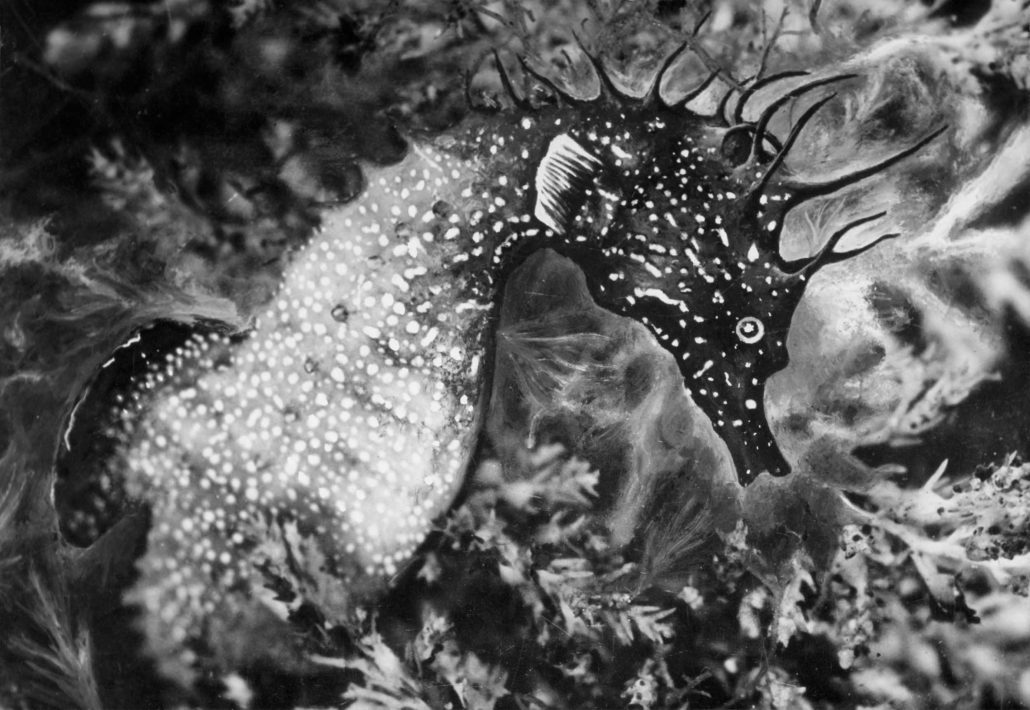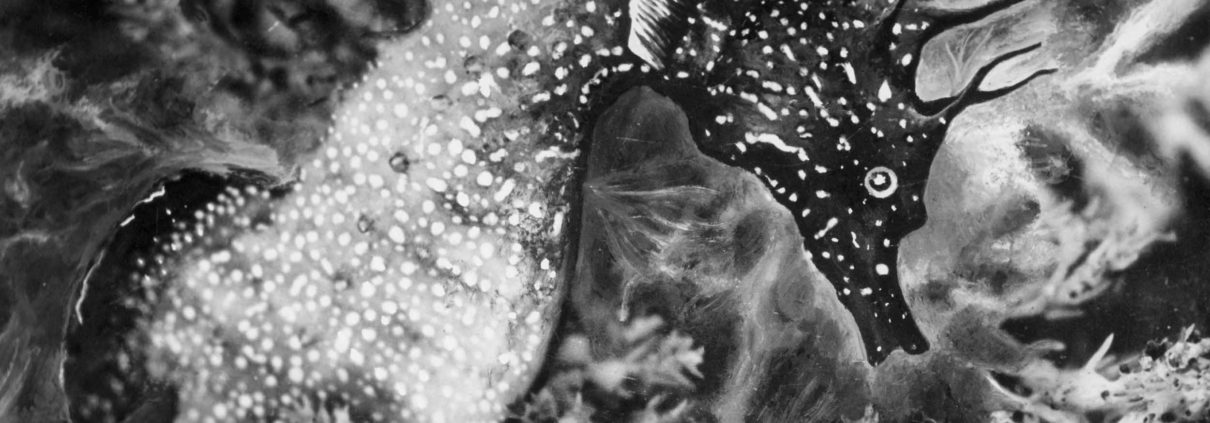Jean Painlevé
Feet in the Water
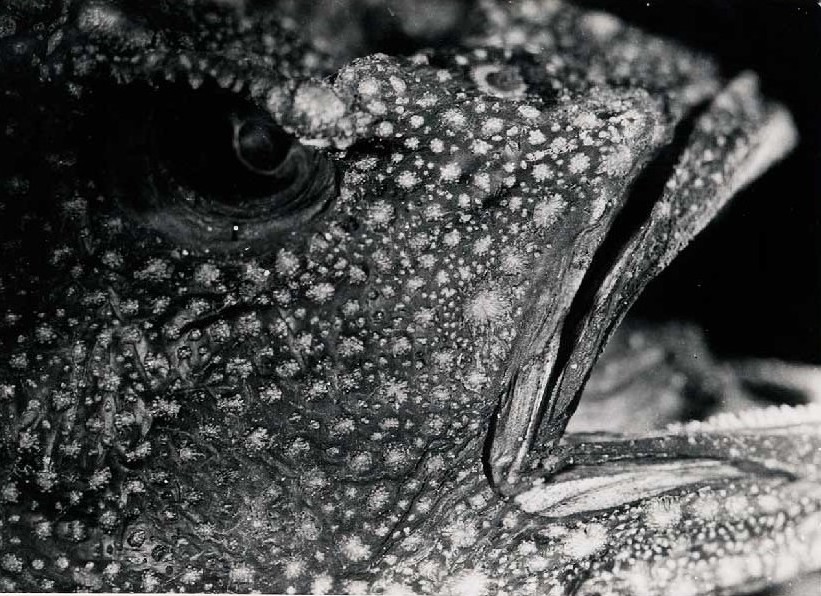
Associated with the avant-garde, Painlevé uses film as an exploratory tool to reveal unknown and mysterious aspects of living organisms. He accompanies the viewer with a descriptive and informative description of the subjects under study, while in most of his films the images continually alternate between full-scale observations and microscopic analyses.
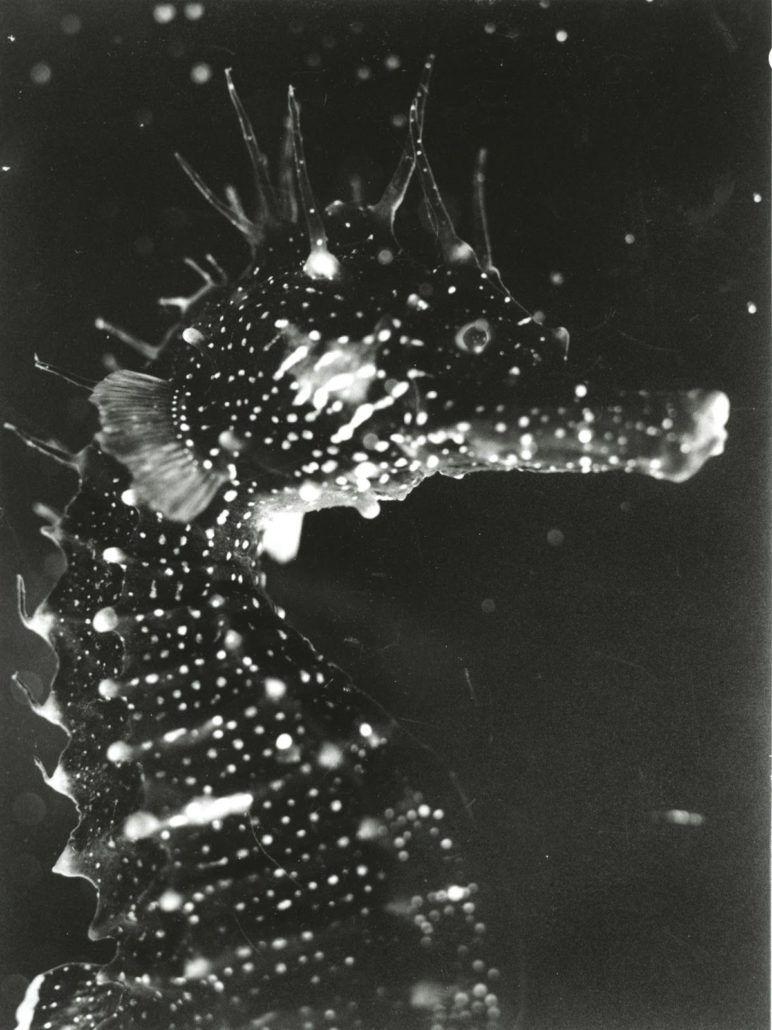
During the inter-war period, his work was shown outside the scientific field, in avant-garde cinemas and film clubs. Painlevé was quickly recognised and his publications in the illustrated press of the 1930s contributed to his fame. His non-conformist attitude and his affinity with the surrealist spirit are undoubtedly at the origin of the privileged link he has with independent documentary cinema. The ease with which he crossed the boundaries between science and art was rooted in his artistic associations: Jacques-André Boiffard, Alexander Calder, Ivan Goll, Fernand Léger, Éli Lotar, Pierre Naville, Pierre Prévert, Jean Vigo…
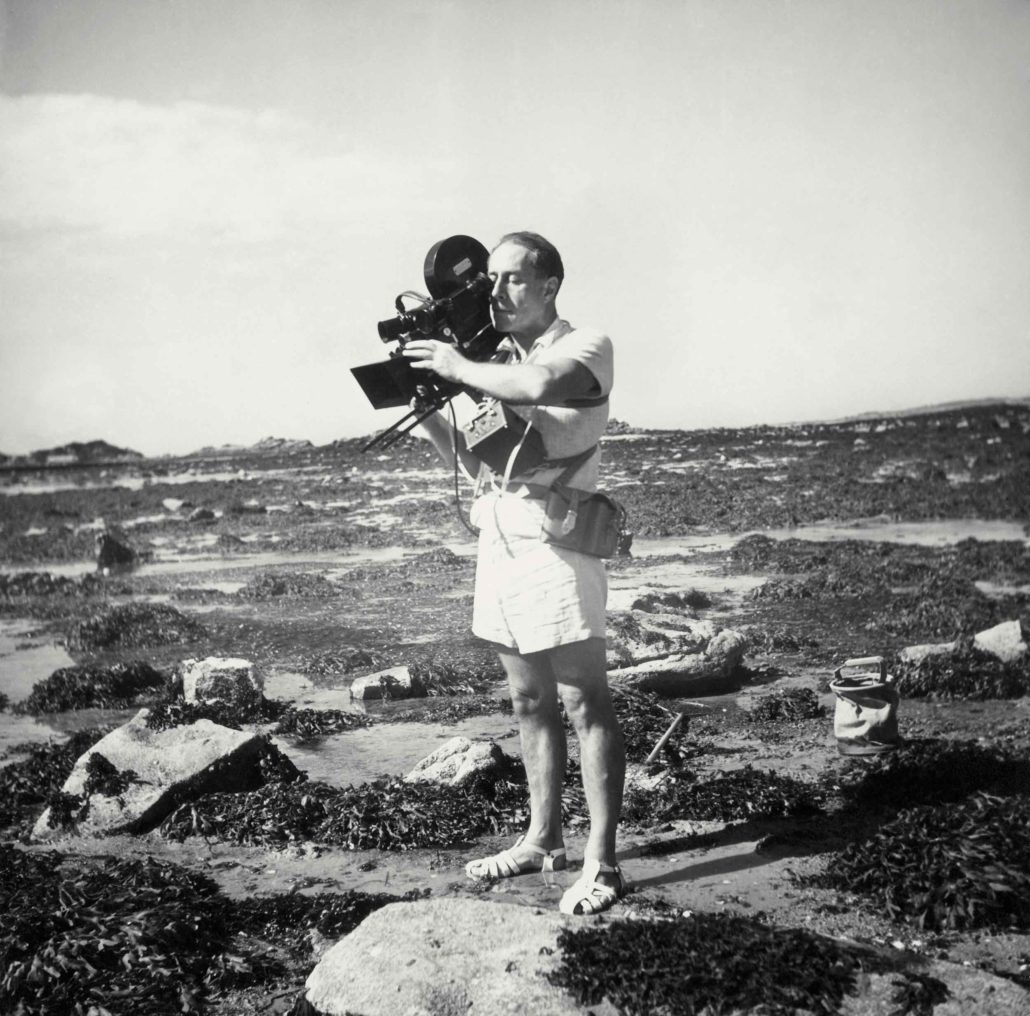
From the 1950s onwards, Painlevé and Geneviève Hamon, his partner and collaborator, made a large number of research films, while their personal work continued, nourished by the research of the zoologists and biologists for whom they worked.
Four major aspects underline the specificity of this work: the coastline as a favourite terrain; the scientific and pedagogical approach; the relationship with the surrealist movement; and finally, the dynamics of film editing and the role of movement, rhythm and dance as characteristics and motifs.

This exhibition places Painlevé’s work in the historical and scientific context of its creation, highlighting the importance of research in his work. Still inspiring many artists today, it finds its contemporary resonance in the way the films immerse the viewer in an undefined mental space which, between familiar experiences and dreamlike drift, is still able to destabilise our sense of reality today.
